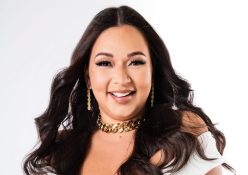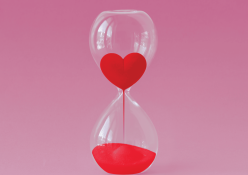A new survey suggests there are four individual sleep types – and knowing which you are may help you improve both the quality of your sleep and your productivity.
Forget night owls and morning larks – things just got more interesting with a survey that suggests there are at least two other sleep-type breeds you may belong to. Belgian and Russian sleep researchers conducted a large community-based online survey that included a judgement task for evaluating how sleepy participants thought they’d be at different times.
The results, published in the May edition of the journal Personality and Individual Differences, reveal two new ‘chronotypes’ (tendencies to sleep at a particular time): the ‘afternoon alert type’ and the ‘napper’.
The ‘morning types’ in the survey anticipated being most sleepy early in the evening and most alert in the mornings, while ‘evening types’ expected to be most sleepy in the early morning, with this wearing off towards late evening with greater alertness.
‘Afternoon types’, however, anticipated being sleepiest both in the early morning and in the late evening, and least sleepy and most alert somewhere between noon and early evening. And ‘nappers’ were sleepiest in the afternoon, with lower levels of sleepiness, and greatest alertness, both before and after this.
If you don’t think you fit into any of these four types, don’t panic – 30% of the survey participants didn’t either. But around 35% were identified as having either morning or evening sleep patterns, and the rest as belonging to afternoon or napper types.
Interestingly, the researchers found morning types differed from evening types in gender (more were women),
age (they were older), mean sleepiness level (higher), sleep quality (better) and sleep duration (longer).
And afternoon types differed from napper types in age (they were younger), mean sleepiness level (higher), daytime sleepiness score (lower), sleep quality (better) and sleep duration (longer). ‘Many people don’t feel they fit into owl or lark types, so additional categories may be helpful for them,’ says Dr Alison Bentley, who runs a sleep-therapy clinic at the Wits University Donald Gordon Medical Centre.
‘The idea of four chronotypes makes total sense, as I’ve witnessed this in my clinical work,’ says Michelle Baker a Durban-based clinical psychologist with a special interest in sleep disorders. ‘It can help people so much to understand the individual chronotypes and adjust their lifestyle accordingly. The dynamics can become hard as a couple or in families when these types differ.’
If you recognise your sleep type (even if it’s none of the above), rather than fight it, try to work with it – schedule key work projects or activities for the time when you’re least likely to be tired, and so most likely to be alert and productive, Baker says.
Bentley adds: ‘There’s no point getting up to study at 4 am as suggested by classmates, if you’re an owl. You’d do better to stay up later to study. It’s essential to do important work at a time of day when you work the best.’
 Subscribe to Balanced Life, to receive your monthly source of fashion, beauty and lifestyle.
Subscribe to Balanced Life, to receive your monthly source of fashion, beauty and lifestyle.







